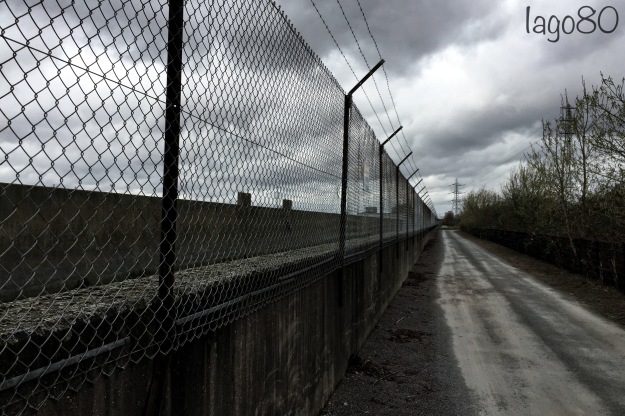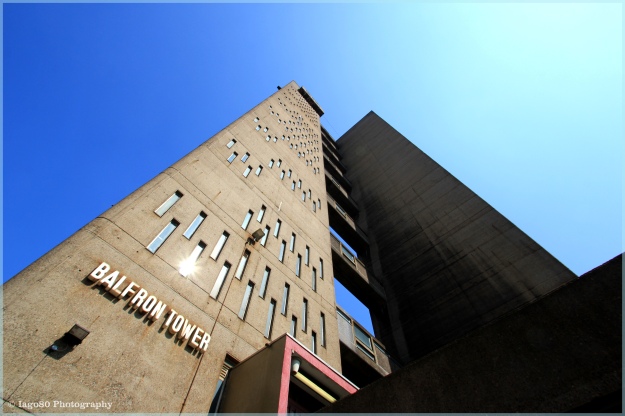My local river, the Roding, leaves the ‘Patch’ through a grate and flows a final five kilometres before discharging into the Thames at Barking Creekmouth. I finally visited this stretch a few days ago, finding a path hidden behind a cinema on an uninspiring retail park.
Government money has poured into this area and a mini nature reserve around the final muddy stretch of the river is well maintained.

Warehouses, reeds, then mud and water. The low-tide trickle still had over seventy Teal dotted along the water like punctuation marks added at random to a stream of consciousness, and ended with the exclamation of a few paddling Shelduck. But what consciousness?
Fences and reeds provide barriers and curtains as if protecting the modesty of this dying river. But is it dying? It certainly meets its end at a Guillotine.

The barrier at Creekmouth
Some three hundred tons of metal that can descend down forty metre towers of concrete to decapitate the river and cauterise the risk of flood.
The river oozes through mud and is seemingly contained in a sarcophagus of concrete on either side. To the East, the industry of demolition and waste, of scrap, rubbish, and recycling. Things being churned up by metal claws and blades and then re-processed somehow, I don’t know how; or disposed of somewhere – burnt or buried, but – like energy – never truly destroyed.

Meanwhile, on the western bank, another form of waste is processed. The huge concrete dials of Beckton sewage works with hands that turn day and night, but tell a story other than time.

Beckton sewage
Effluence in, again processed, and then water out. On one side of a path, the slow snaking river – the Roding – and on the other, a man-made waterway of processed man-made waste flowing straight and dark towards the same fate as its natural neighbour: discharge in the Thames.

The concrete, the waste, the rubbish, the noise, but also… the wild. It is also here. While peering into the deep flow of this canal, this final sewer, an explosion of sound alerted me to the presence of a Cetti’s Warbler in the reeds behind me; present yet, of course, invisible.
Willows line one side of the path, while prison-style fences line the other, not keeping inmates in, but trespassers out – as if a sewage farm is an enticing prospect for break-and-entry.

And then it ends. Both waterways, ‘natural’ and constructed, empty into the estuarine Thames. It ends, but it does not die – a river is surely the ultimate riddle or dichotomy of life: it has a beginning and an end, but it does not finish; finite yet also ‘in’-finite. So not death. But death has visited this place.
In 1878 – where the freshwater flow of the Roding meets the brackish behemoth of the Thames – two boats collided and sank. Some 650 souls lost in a matter of minutes – many drowning, not in water, but in raw sewage according to accounts of this horrendous disaster – to this day the worst ever single incident recorded in British history.

The water continues to flow, the waste continues to churn… and a Chiffchaff continues to sing in this extraordinary place of life, death, change, and continuity. A place out of sight for most, unattractive to many, abandoned by some… perhaps abandoned by many… but not by all.


